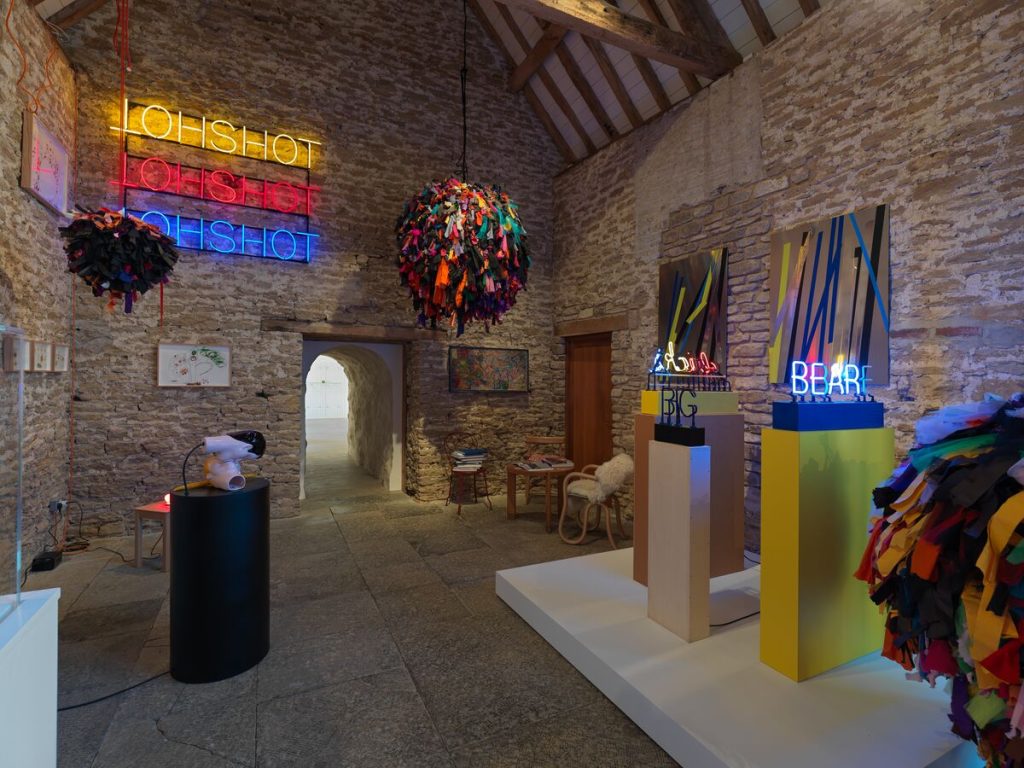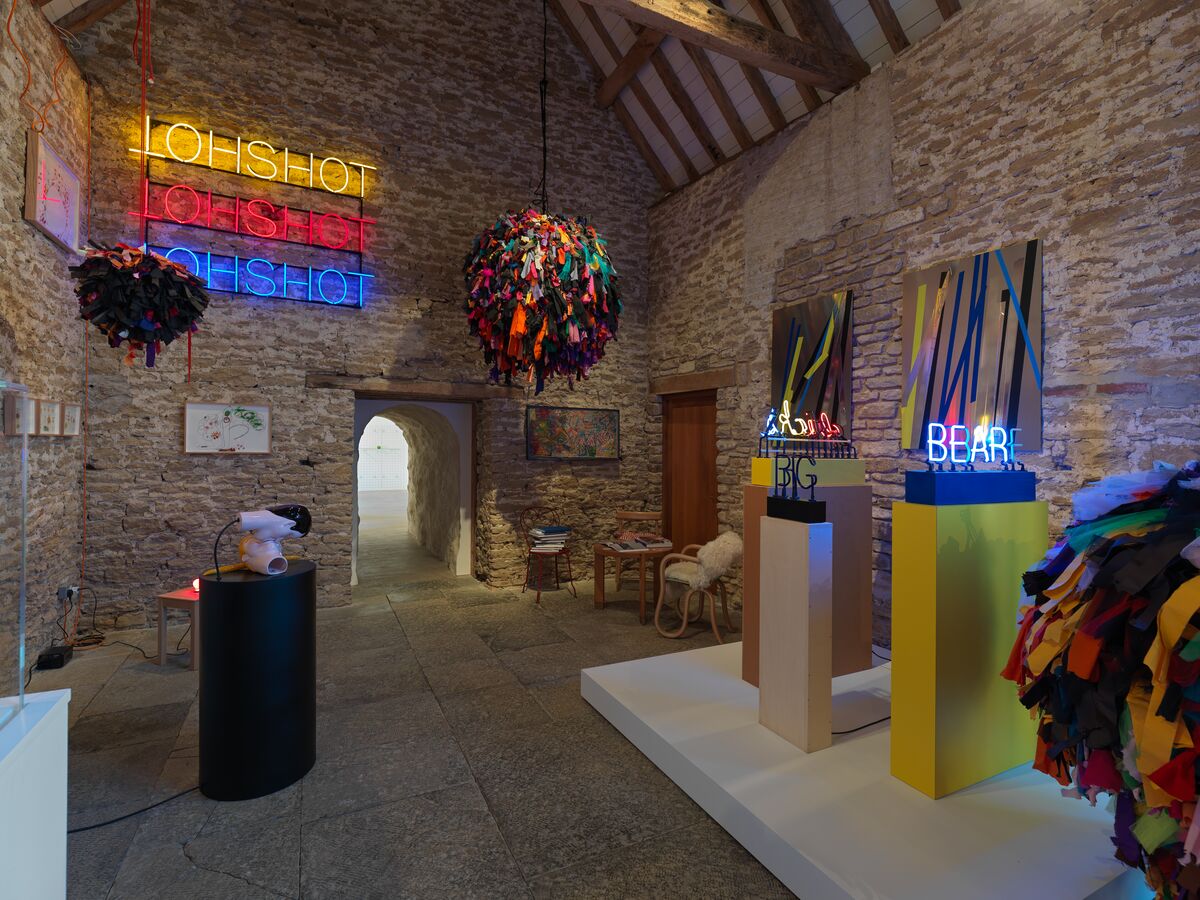
“A Künstlerroman Set at the Turn of the Millennium”

**Journey of Artistic Identity and Self-Discovery in “Endpapers” by Jennifer Savran Kelly**
Art and identity often intermingle in the lives of creatives. For many artists, their work becomes intertwined with their sense of self, often leading to both creative inspiration and existential struggles. Jennifer Savran Kelly’s debut novel, *Endpapers* (2024), takes readers on a captivating journey through art, gender identity, and self-acceptance, wrapped within the physical form of a book—a fitting metaphor for the protagonist’s quest for personal clarity amidst external societal pressures.
### The Story of Dawn Levit: A Creative at a Crossroads
At the heart of *Endpapers* is Dawn Levit, a book artist and BFA graduate struggling to connect with her artistic voice in post-9/11 New York City. Dawn works in the conservation lab at the Metropolitan Museum of Art, a position she initially took to gain access to the resources she needed to produce her own work. However, her once-vibrant artistic passion has faltered. Her internal battle with creative block resonantly reflects the struggles of numerous artists who pursue their craft only to find themselves at odds with their own expectations.
Dawn’s dilemma is relatable: while her former classmates are advancing in their careers, she feels stagnant and uninspired. “For a long time, art had been my savior,” Dawn narrates. “Lately, it’s my spectacular failure.” As much as she strives to create work that speaks to her, she finds herself vacant—devoid of ideas and the emotional drive to continue.
### A Hidden Book Jacket and a Journey of Self-Exploration
It is within this creative stagnation that Dawn stumbles upon a small but significant discovery that sets her on a new path. While working in the museum conservation lab, she uncovers a hidden 1950s lesbian pulp novel cover beneath the endpapers of another book. This image of a woman gazing into a mirror, only to see a man’s reflection, becomes a curious and poignant symbol for Dawn’s internal struggles with gender identity.
Accompanying the image is a handwritten German letter from a woman named Gertrude to a woman named Marta. This mysterious scrapbook of lost desires, hidden identities, and forgotten connections becomes a source of inspiration for Dawn as she begins to investigate its origins. The narrative weaves together Dawn’s external search to unravel the book’s enigmatic past and her internal quest for understanding her own identity.
In this dual journey, *Endpapers* uses the physical elements of books and paper as metaphors. The discovery signifies the layers of identity that people often conceal, and for Dawn, it provokes a rethinking of what it means to artistically and personally reveal one’s self.
### Crafting Art from Personal Experience
One of the great strengths of *Endpapers* is its depiction of the complicated relationship between personal identity and artistic creation. The novel doesn’t shy away from reflecting the challenges of being a creative in a major city like New York, battling personal demons and the overwhelming noise of external expectations.
It’s in this context that Dawn is offered a spot in a group art show. Initially hesitant due to her fear of not being able to create something meaningful in the short time available, Dawn reluctantly agrees. This decision marks a pivotal moment in her narrative, as she begins to realize that avoiding the challenges of artmaking equates to a deeper avoidance of the self.
With the support of a budding community of street artists, Dawn begins to find her creative and personal voice again. *Endpapers* beautifully examines how artistic community and connection with others often serve as the greatest source of creative replenishment, particularly when an artist feels lost or ungrounded. As Dawn immerses herself in this collective endeavor, she begins to develop the strength to create art that is reflective of her inner truths.
“Waiting between the covers is a living, breathing city with its own story to tell,” Dawn observes, reinforcing the inherent connection between urban life, its vibrant artistic subcultures, and her self-exploration.
### Ending with Acceptance
At its core, *Endpapers* is a narrative about identity—gender, artistic purpose, and personal definition. Savran Kelly brings Dawn’s struggles to life in both nuanced and heartfelt ways, capturing the intricate reality of being a working artist and the personal tolls that come with it. Dawn’s story is not just about self-doubt but also about how she finds a way to continue despite—and because of—these doubts.
Just as a hidden book jacket lay undiscovered for years, waiting to be found, Dawn’s true self is something she unearths through time, patience, and persistence. The novel ends with a sense of hope: though the path may be difficult, healing and understanding emerge from connection, both with others and with oneself.
### Conclusion
Jennifer Savran Kelly’s *Endpapers* is more than just a tale of artistic frustration—it digs deep into